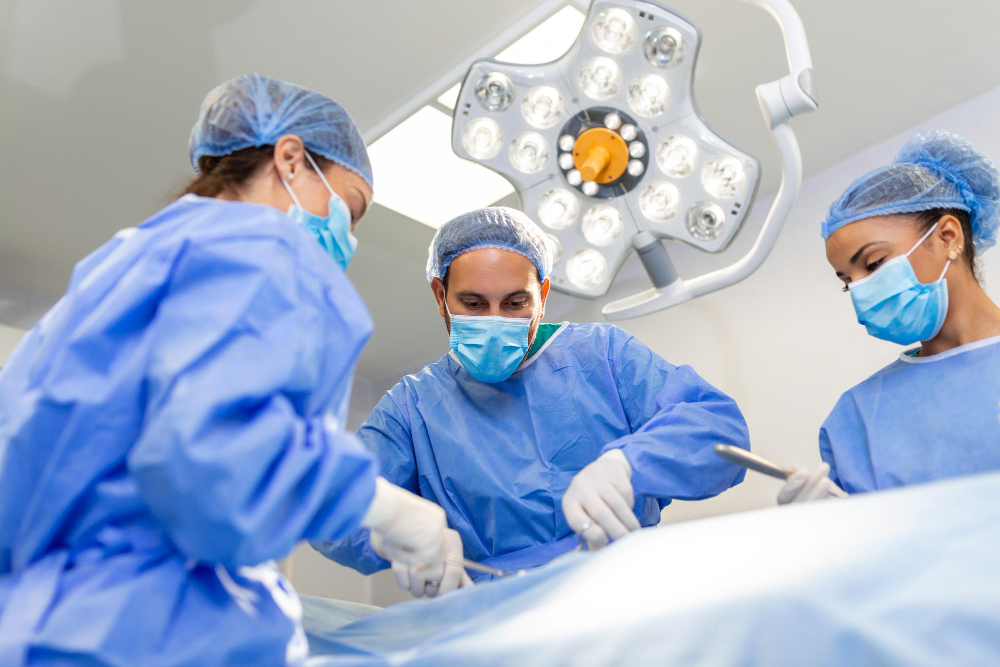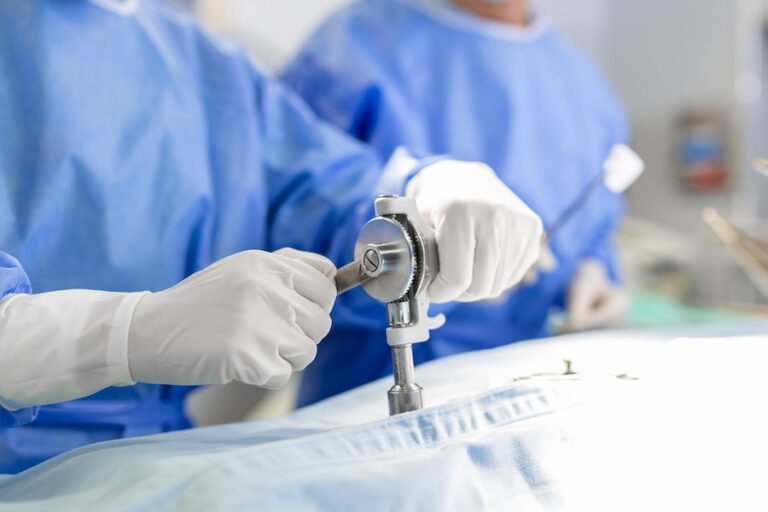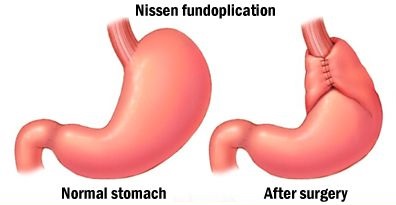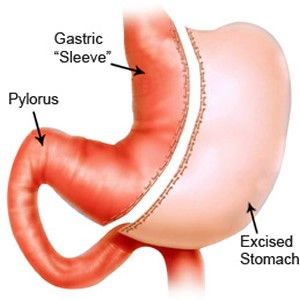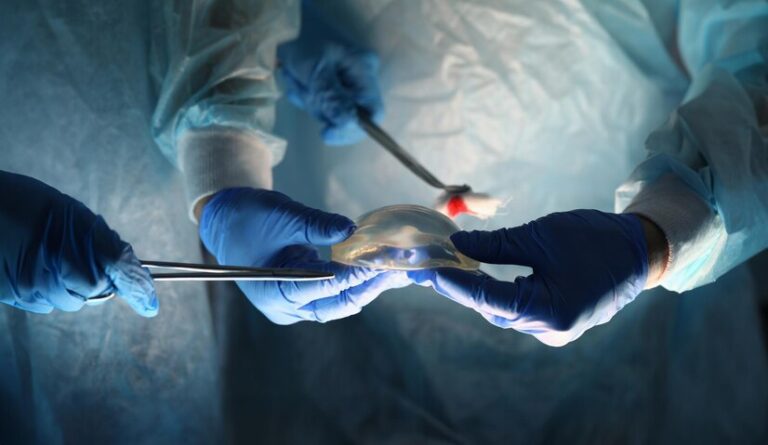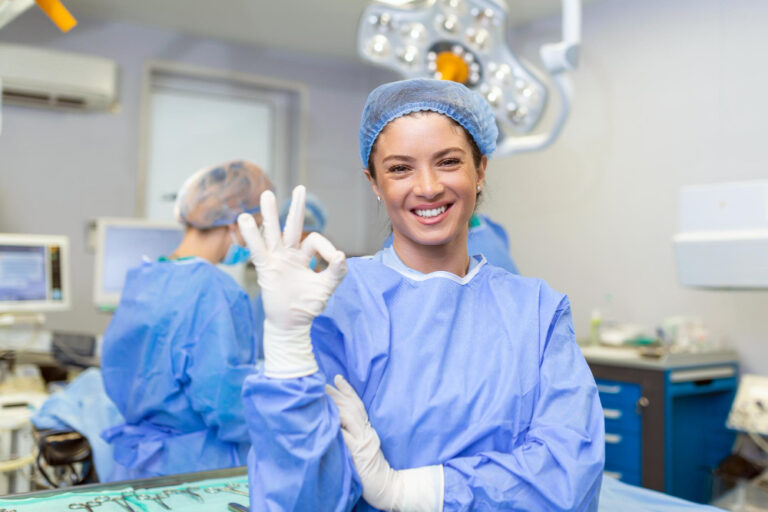Hernia Surgery: Understanding Treatment Options and Recovery.
Hernias are a common medical condition characterized by the protrusion of an organ or tissue through a weak spot in the surrounding muscle or connective tissue. Best laparoscopic Surgery in Shankar Garden While hernias can occur in various parts of the body, such as the abdomen, groin, or diaphragm, they often require surgical intervention to prevent complications and alleviate symptoms. In this article, we explore the different types of hernias, the surgical techniques used to repair them, and what patients can expect during the recovery process.
To Know More About It Please Click Here
Understanding Hernias
A hernia occurs when an internal organ, typically part of the intestine or abdominal tissue, pushes through a weakened area of muscle or connective tissue. Common types of hernias include inguinal hernias (occurring in the groin), femoral hernias (also in the groin but lower down), umbilical hernias (around the belly button), and incisional hernias (at the site of a previous surgical incision). Hernias can develop due to factors such as aging, obesity, pregnancy, heavy lifting, or previous abdominal surgery.
Surgical Treatment Options
Hernia surgery, also known as herniorrhaphy or hernioplasty, is the primary treatment for repairing hernias and preventing complications such as bowel obstruction or strangulation. The surgical approach may vary depending on the type and severity of the hernia, as well as the patient’s overall health. Common surgical techniques include:
- Open Hernia Repair: In this traditional approach, the surgeon makes an incision directly over the hernia site, pushes the protruding tissue back into place, and reinforces the weakened muscle or tissue with sutures or a synthetic mesh. Open hernia repair may be performed under local or general anesthesia and typically requires a few weeks of recovery.
- Laparoscopic Hernia Repair: Laparoscopic or minimally invasive hernia repair involves making several small incisions in the abdominal wall through which a tiny camera (laparoscope) and surgical instruments are inserted. The surgeon uses the camera to visualize the hernia and surrounding structures while repairing the hernia with mesh. Laparoscopic surgery offers benefits such as smaller incisions, reduced postoperative pain, and faster recovery compared to open surgery.
- Robotic-Assisted Hernia Repair: Robotic surgery combines the precision of laparoscopic techniques with enhanced dexterity and visualization provided by robotic technology. Surgeons control robotic arms equipped with surgical instruments to perform hernia repair with greater precision and efficiency. Robotic-assisted hernia repair may result in shorter hospital stays and quicker recovery times for some patients.
Recovery and Rehabilitation. Best laparoscopic Surgery in Shankar Garden
After hernia surgery, patients can expect a period of recovery and rehabilitation to allow the surgical site to heal properly. Recovery times may vary depending on the type of hernia repair, the patient’s overall health, and the presence of any complications. Common aspects of hernia surgery recovery include:
- Pain Management: Patients may experience discomfort or pain at the surgical site, which can be managed with pain medications prescribed by the surgeon. Over-the-counter pain relievers, ice packs, and rest may also help alleviate postoperative discomfort.
- Activity Restrictions: Following hernia surgery, patients are typically advised to avoid heavy lifting, strenuous exercise, and activities that strain the abdominal muscles for several weeks. Gradual resumption of normal activities is encouraged as tolerated, under the guidance of the surgeon.
- Wound Care: Patients should follow the surgeon’s instructions for wound care, including keeping the incision site clean and dry, changing dressings as directed, and monitoring for signs of infection or complications.
- Follow-Up Care: Regular follow-up appointments with the surgeon are essential to monitor the healing process, address any concerns or complications, and ensure optimal outcomes. During follow-up visits, the surgeon may perform physical examinations, order imaging tests, and provide guidance on activity restrictions and long-term hernia prevention strategies.
To Know More About It Please Click Here
Conclusion
Hernia surgery is a common and effective treatment for repairing hernias and preventing complications. With advancements in surgical techniques and technology, patients have access to minimally invasive options that offer faster recovery times and improved outcomes. Best laparoscopic Surgery in Shankar Garden By understanding the different types of hernias, surgical treatment options, and postoperative care requirements, patients can make informed decisions and actively participate in their recovery journey. With proper medical guidance and support, hernia surgery can provide relief from symptoms and restore quality of life for individuals affected by this common medical condition.
For any further queries, Plz visit drdhruvkundra.com or you can check our social media accounts, Facebook, YouTube, Twitter

